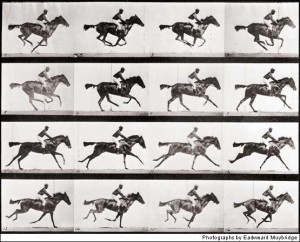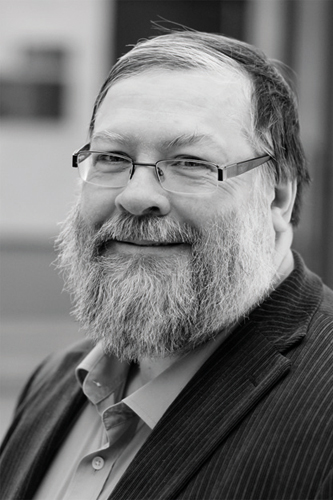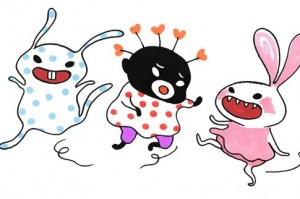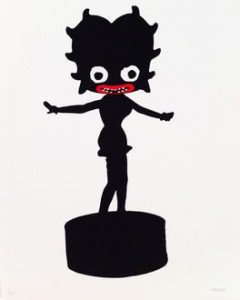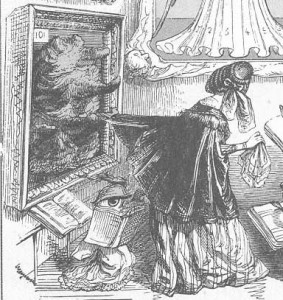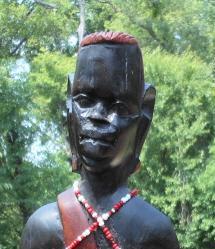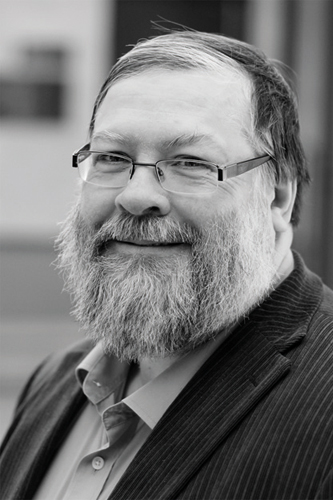
Anthony Johnson (bild ÅA)
Med friska tag efter sommaren startar bloggen med en annonsering. Särskilt för dem som studerar på kandidat-, gradu- eller doktorandnivå här på Åbo Akademi. Vår professor i engelska språket och litteraturen, Anthony Johnson (bilden) ger under hösten en ny kurs om forskningsfältet Imagologi som han själv till stor del har varit med om att skapa. ”Ant” är en mycket inspirerande och underhållande föreläsare och det här är ett unikt tillfälle att bekanta sig med ett helt nytt sätt att förhålla sig till det visuella inom såväl bild som språk.
Kursen startar redan på torsdag nästa vecka (den 6e) och den som är behörig och intresserad av att delta ska anmäla sig i systemet Min Plan innan dess. För den som ännu är på kandidatnivå avläggs kursen som 3 poäng, graduskribenter och doktorander avlägger däremot 5 poäng med litet mer avancerade uppgifter. Här är mer information på engelska:
Hello,
I (Fred) take the liberty to advertise a new course in the Åbo Akademi ”Visual Studies”
programme – ”Cultural Imagology – An Introduction”. It will be held by Professor Anthony
Johnson and starts next Thursday (the 6th) at 4-6 PM in Helikon, Arken. The target group
is BA, MA and doctoral students. For BA students there is a 3 credits option, for MA and
doctoral students a 5 credits option. Registration should be done at MinPlan prior to
Thursday 6th.
Please see the attached program for details:
Cultural Imagology: An Introduction
Week
36 06.09 1. Introduction: Cultural Imagology (Or: What is an
Image?) – An Overview
37 13.09 2. [Reading Period (No Lecture)]
38 20.09 3. National Imagology – The Social Level
39 27.09 4. Historical Imagology – The Temporal Level
40 04.10 5. Geographical Imagology – The Spatial Level
41 11.10 6. Sensual Imagology: the Soundscape; Smellscape,
Taste
42 17.10 7. [Reading Period (No Lecture)]
Students will have the opportunity to take the course either for 5 credits or for 3 credits (see below):
a. The 5 credit option
MA (advanced) level, please see prerequisites (below)
Lecture/Seminar Course
Offered: Autumn 2012
Place: Helikon (A202) [September 6th]
Camera Obscura (E201) September 20th to November 11th)
Lecturer: Anthony Johnson
Contact: engelska@abo.fi
Aim: Because the study of images (and an understanding of ways in which images are constructed) is an essential component in all Humanities Research, the field of Cultural Imagology has been developed as an interdisciplinary service discipline to help researchers deepen their understanding of the issues behind image studies within their own discipline and to develop a working knowledge of selected theoretical approaches that may be of use to them in the pursuit of their own special research interests
Contents: Topics covered will include: Cultural Imagology (Or: What is an Image?) – An Overview; National Imagology – The Social Level; Historical Imagology – The Temporal Level; Geographical Imagology – The Spatial Level; The Soundscape, Smellscape, Taste
Mode of study: Seminars
Prerequisites for MA-students of English: 60 credits (ECTS) of English at university level. For other students there are no prerequisites.
Target audience: Doctoral, Licentiate and Masters level students within the Faculty of Humanities.
Form of assessment: One fifteen-page essay (6000 words) handed in to Anthony Johnson (anthony.johnson@abo.fi) by 5th December 2012, as well as adequate preparation (readings and tasks) for and active participation in seminars
Course literature: Manfred Beller and Joep Leerssen (eds.), Imagology: The Cultural Construction and Literary Representation of National Characters – A Critical Survey. Series: Studia Imagologica, vol. 13; series editors: Hugo Dyserinck and Joep Leerssen (Amsterdam and New York: Rodopi, 2007). ISBN 978-90-420-2318-5 + selected literary texts and handouts.]
b. The 3 credit option
BA level, please see prerequisites (below)
Lecture/Seminar Course
Offered: Autumn 2012
Place: Helikon (A202) [September 6th]
Camera Obscura (E201) September 20th to November 11th)
Lecturer: Anthony Johnson
Contact: engelska@abo.fi
Aim: Because the study of images (and an understanding of ways in which images are constructed) is an essential component in all Humanities Research, the field of Cultural Imagology has been developed as an interdisciplinary service discipline to help researchers develop understanding of the issues behind image studies within their own discipline and to begin to cultivate a working knowledge of selected theoretical approaches that may be of use to them in the pursuit of their own special research interests
Contents: Topics covered will include: Cultural Imagology (Or: What is an Image?) – An Overview; National Imagology – The Social Level; Historical Imagology – The Temporal Level; Geographical Imagology – The Spatial Level; The Soundscape, Smellscape, Taste
Mode of study: Seminars
Prerequisites for BA-students of English: 25 credits (ECTS) of English at university level. For other students there are no prerequisites.
Target audience: Students of English language and literature (Exchange students also welcome).
Form of assessment: A course journal (minimum 3000 words) handed in to Anthony Johnson (anthony.johnson@abo.fi) by 5th December 2012, as well adequate preparation (readings and tasks) for and active participation in all sessions.
Course literature: Manfred Beller and Joep Leerssen (eds.), Imagology: The Cultural Construction and Literary Representation of National Characters – A Critical Survey. Series: Studia Imagologica, vol. 13; series editors: Hugo Dyserinck and Joep Leerssen (Amsterdam and New York: Rodopi, 2007). ISBN 978-90-420-2318-5 + selected literary texts and handouts.]
länkning pågår till intressant.se


